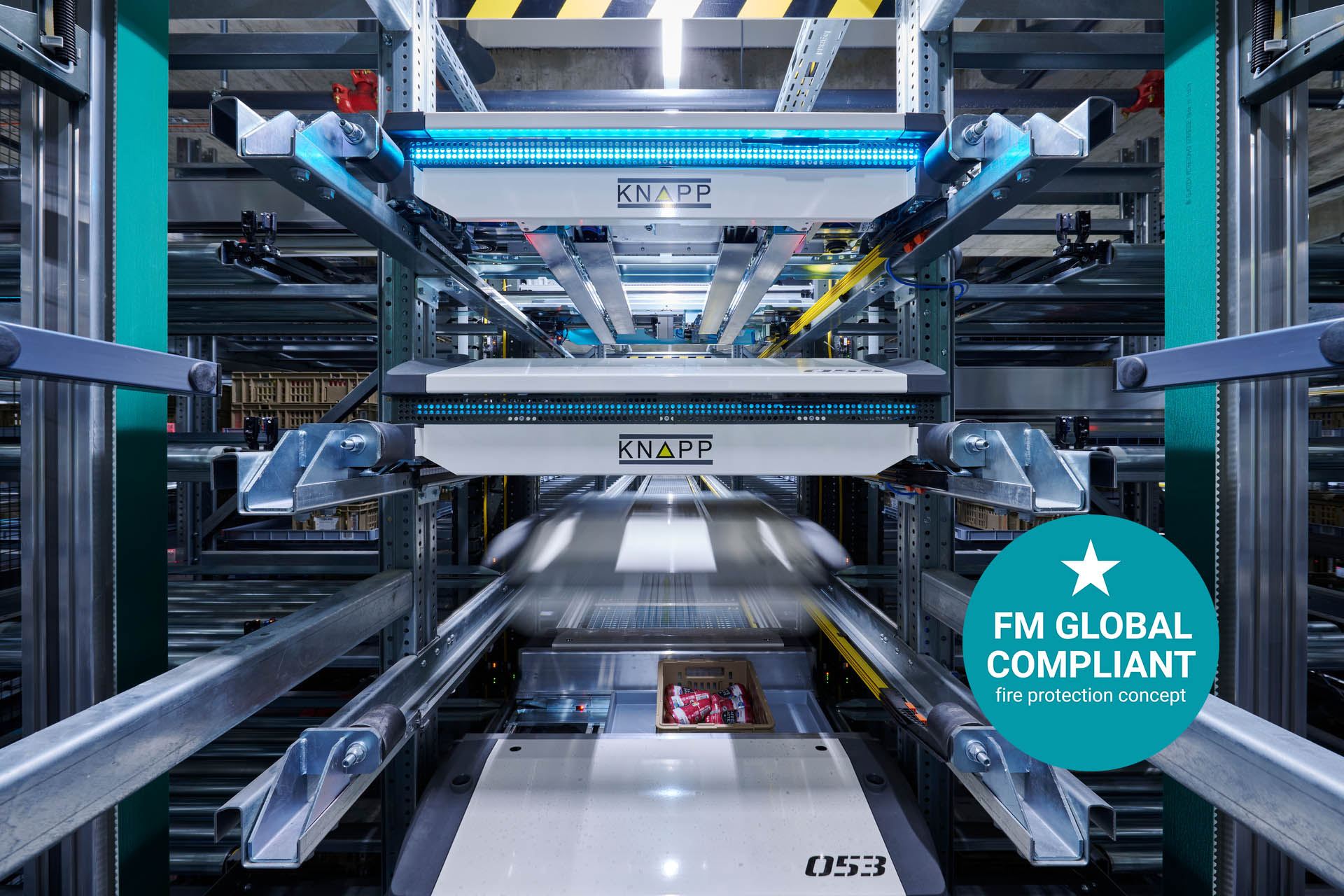
KNAPP: Complete Buyer's Guide
Enterprise-focused warehouse automation platform
KNAPP is an enterprise-focused warehouse automation platform that specializes in AI-integrated systems designed to handle the complex fulfillment demands of mid-market to enterprise ecommerce operations.
Market Position & Maturity
Market Standing
KNAPP operates as an established enterprise automation provider with significant market presence in warehouse automation and intralogistics solutions.
Company Maturity
The company demonstrates strong market maturity through comprehensive customer implementations across multiple industries, including notable deployments at ASOS, Würth Industrie Service, and Schukat electronic[43][48][49][53].
Growth Trajectory
Customer retention and expansion evidence suggests strong market position, with customers like Schukat electronic planning expansion from 64,000 to 140,000 storage locations by 2030 using KNAPP's scalable architecture[53].
Industry Recognition
Industry recognition comes through strategic partnerships, particularly the Covariant AI partnership that enables handling of irregular items through open AI platforms[43][51].
Strategic Partnerships
Strategic partnerships include the Covariant AI partnership that enables handling of irregular items through open AI platforms[43][51].
Longevity Assessment
ASOS's continued investment in KNAPP technology for Eurohub 2 modernization further validates the platform's enterprise viability and customer satisfaction[48].
Proof of Capabilities
Customer Evidence
ASOS modernized manual warehouses into automated fulfillment centers by combining pocket sorters with OSR Shuttle™ Evo technology, achieving 30% faster multi-channel processing during peak periods[48][52].
Quantified Outcomes
Quantified business outcomes include 15% CO₂ emissions reduction through KiSoft Delivery Solution optimization[42][46], and 35% reduction in outbound errors at Victorinox through KiSoft integration using multi-scan data capture[45].
Case Study Analysis
Würth Industrie Service's comprehensive deployment of 5 Pick-it-Easy Robots delivered measurable operational improvements including 40% reduction in mis-picks and 99.5% inventory accuracy through robotic palletizing and AI-driven item recognition[43][49].
Market Validation
Market validation comes through customer expansion and continued investment. ASOS's ongoing modernization projects and Schukat's planned capacity expansion to 2030 demonstrate customer satisfaction and platform viability for long-term operational requirements[48][53].
Reference Customers
Notable implementations include ASOS, Würth Industrie Service, and Schukat electronic[43][48][49][53].
AI Technology
KNAPP's technology foundation centers on AI-integrated orchestration that coordinates multiple automated subsystems through a unified software platform.
Architecture
The KiSoft software suite serves as the central nervous system, unifying warehouse execution (WES), control (WCS), and management (WMS) functions to orchestrate automated subsystems including the OSR Shuttle™ Evo and Pick-it-Easy robots[42][45][50].
Primary Competitors
Primary competitive alternatives include comprehensive automation providers like Dematic, Honeywell Intelligrated, and specialized robotics vendors like Locus Robotics.
Competitive Advantages
Competitive advantages include proven multi-channel fulfillment capabilities with 30% faster processing during peak seasons[48], specialized industry expertise for regulated environments, and comprehensive platform integration that unifies WES, WCS, and WMS functions[42][45][50].
Market Positioning
KNAPP differentiates through unified software orchestration via KiSoft suite and modular scalability that accommodates growth without complete system redesign[42][45][50][53][54].
Key Features

Pros & Cons
Use Cases
Integrations
Featured In Articles
Comprehensive analysis of Warehouse Automation for Ecommerce for Ecommerce businesses and online retailers. Expert evaluation of features, pricing, and implementation.
How We Researched This Guide
About This Guide: This comprehensive analysis is based on extensive competitive intelligence and real-world implementation data from leading AI vendors. StayModern updates this guide quarterly to reflect market developments and vendor performance changes.
58+ verified sources per analysis including official documentation, customer reviews, analyst reports, and industry publications.
- • Vendor documentation & whitepapers
- • Customer testimonials & case studies
- • Third-party analyst assessments
- • Industry benchmarking reports
Standardized assessment framework across 8 key dimensions for objective comparison.
- • Technology capabilities & architecture
- • Market position & customer evidence
- • Implementation experience & support
- • Pricing value & competitive position
Research is refreshed every 90 days to capture market changes and new vendor capabilities.
- • New product releases & features
- • Market positioning changes
- • Customer feedback integration
- • Competitive landscape shifts
Every claim is source-linked with direct citations to original materials for verification.
- • Clickable citation links
- • Original source attribution
- • Date stamps for currency
- • Quality score validation
Analysis follows systematic research protocols with consistent evaluation frameworks.
- • Standardized assessment criteria
- • Multi-source verification process
- • Consistent evaluation methodology
- • Quality assurance protocols
Buyer-focused analysis with transparent methodology and factual accuracy commitment.
- • Objective comparative analysis
- • Transparent research methodology
- • Factual accuracy commitment
- • Continuous quality improvement
Quality Commitment: If you find any inaccuracies in our analysis on this page, please contact us at research@staymodern.ai. We're committed to maintaining the highest standards of research integrity and will investigate and correct any issues promptly.